Real-World Gamification Examples That Boost Engagement Across Industries
Many great products and services fail to attract customers. Not because they lack value, but because the sales process puts them to sleep. Gamification flips the script, transforming dull interactions into interactive experiences by weaving in the irresistible elements of play.
This strategy has been applied across a wide range of industries with a relatively high degree of success. From iGaming gamification to eLearning or employee onboarding, there are several practical ways to apply this technique and achieve desired results.
In this guide, we’ll take a deep dive into the gamification world, exploring real-world examples of how this strategy has been used to boost engagement across different industries.
- Gamification uses conventional game design mechanics to motivate users and drive specific actions in non-game contexts.
- The gamification strategy is evidence-backed with several psychological principles confirming its efficacy for driving results in education, marketing, fitness & wellness, onboarding, and employee engagement.
- Companies like Duolingo, Starbucks, Nike, and Fitbit have successfully incorporated gamification into their products or services, with measurable results to prove their success.
Introduction to Gamification
To understand why gamification has become an essential strategy in many fields, let’s start by defining what is gamification and explaining how it works.
Gamification is a strategy that uses conventional game design elements or mechanics such as points, badges, progress bars, and levels to motivate users to take a specific action in non-game contexts. This strategy essentially turns boring tasks into interactive challenges that users are more likely to respond to.
The gamification market is quite broad, as this concept can be applied across different industries. The goal in every scenario is to boost engagement, motivate action, and get more people to participate in an activity that they would have otherwise found boring.
Why Gamification Works?
The gamification strategy is deeply rooted in human psychology. Just like actual gaming, this technique taps into the things that motivate people to do things both internally and externally (intrinsic and extrinsic motivations).
People love gamified elements such as receiving badges, achieving goals, or moving up a leaderboard because they trigger the release of dopamine (also known as the feel-good hormone). This elicits feelings of pleasure and excitement, causing people who experience it to desire more of the same action.
The psychology of gamification can be used to market products or services, aid learning, motivate users to meet health and fitness goals, or help employees engage better with onboarding or training programs.
Key Elements of Gamification Design
To design a gamified experience, you take conventional game features and incorporate them into a non-game scenario to make it more engaging for individuals. Some of the core gaming components that are commonly applied in gamification strategies include:
- Points and scoring systems
- Badges and rewards
- Leaderboards and competition
- Progress bars and milestones
- Missions, quests, and challenges
- Feedback systems and triggers
Best Gamification Examples by Industry
Gamification is a versatile concept used across various industries from education to business, fitness, and employee management. In this section, we will highlight examples that demonstrate how gamification is being used across these industries and the results that are being achieved.
Gamification in Education
Game-like elements can be incorporated into learning curricula to make the experience more interactive and motivate students. This strategy involves adding fun features like points, badges, challenges, and leaderboards to everyday learning activities. So instead of simply taking classes and completing assignments, learners get to earn points, virtual badges, and other visual rewards.
The curriculum may also be segmented into levels, with features like progress bars and checklists to show their learning progress. All of these features make learning more fun instead of feeling like a chore. This strategy also helps students learn and aids knowledge retention. The gamification examples below include learning platforms that are currently applying gamified techniques to aid continuous learning.
Duolingo: Language Learning With Streaks and XP
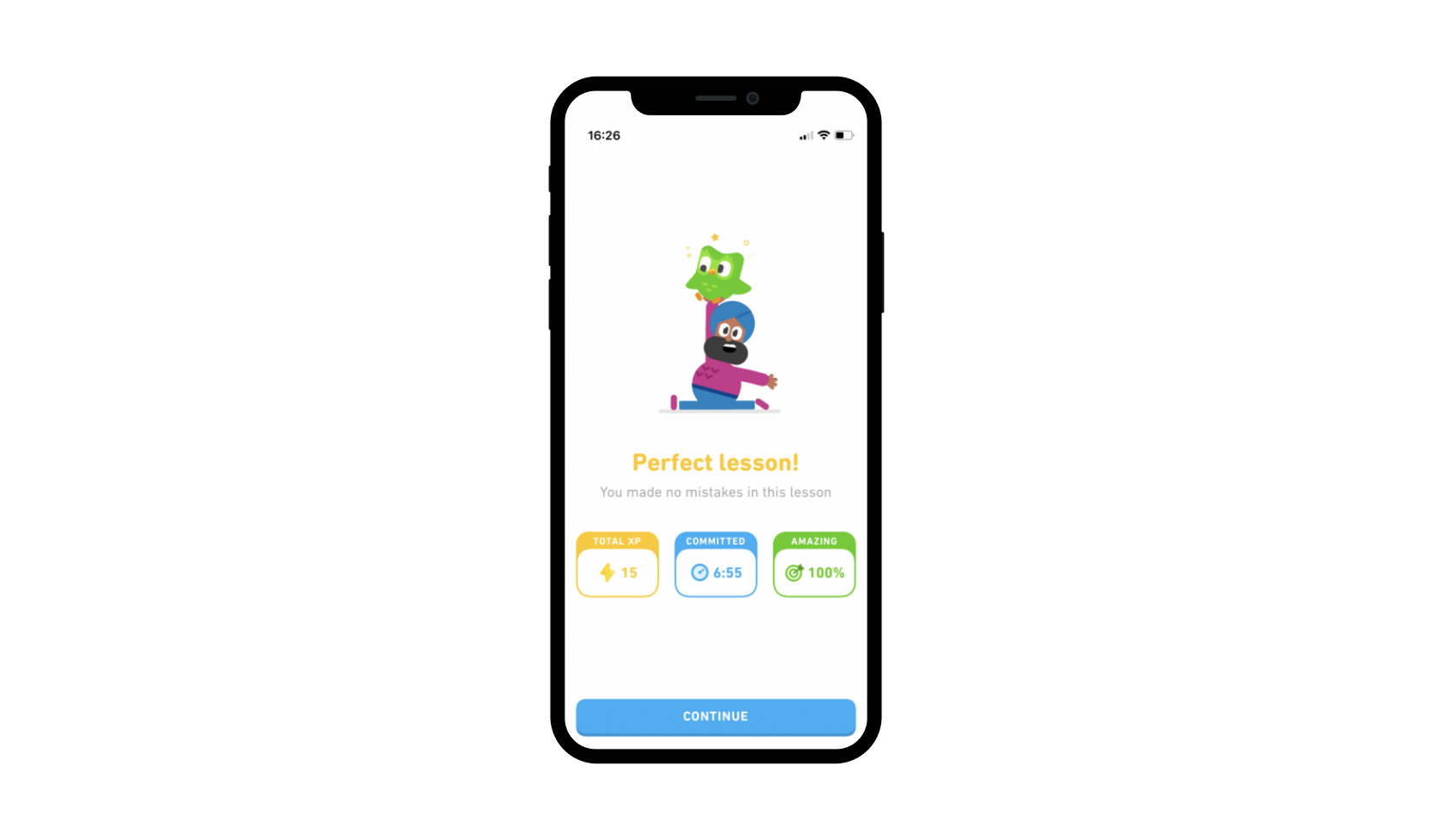
Duolingo is one of the most popular examples of gamification. This language learning app uses various gaming elements to increase user engagement and retention. On this app, users get to build streaks and earn XP with daily logins. This is based on the psychological concept of loss aversion. Breaking a streak feels like a loss of progress and effort, and this motivates users to practice consistently to maintain their streak. On Duolingo, people also get to earn badges, progress through levels, and receive instant feedback for their efforts.
Kahoot!: Game-Based Quizzes for Classrooms
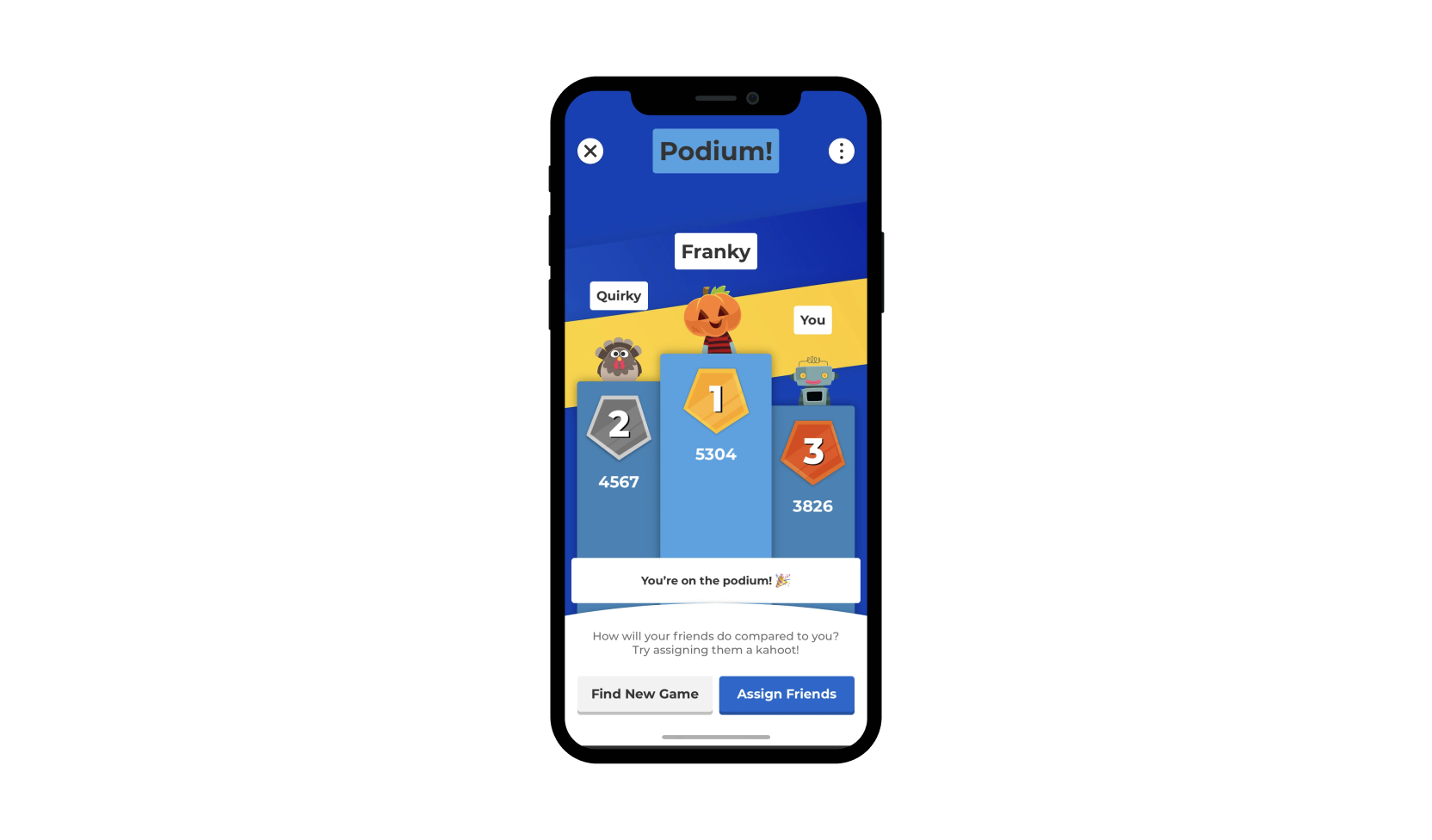
Quizzes are an important part of the learning objectives. They test students’ retention, aid critical thinking, and motivate them to engage more with the lessons. Unfortunately, learners tend to dread quizzes. Platforms like Kahoot can help eliminate the fear associated with quizzes by making them more fun and interactive. With Kahoot’s game-based quizzes, students earn points for correct answers. The platform also has leaderboards that can be tracked in real time as learners take assessments to make the competition more lively.
Classcraft: RPG Mechanics for Classroom Management
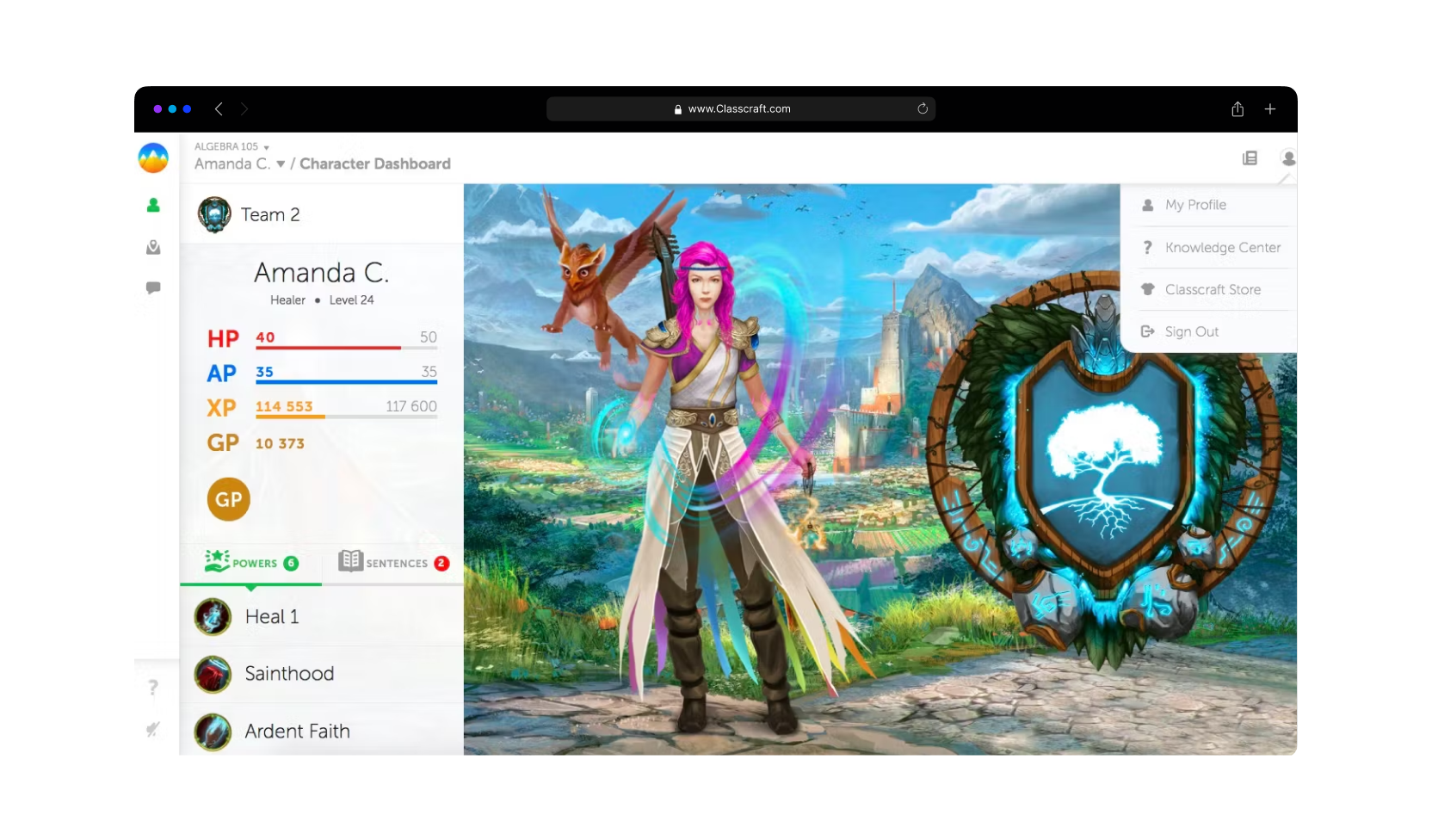
Classcraft introduces the role-playing game mechanic into the learning process. On this platform, learners get to create avatars and earn points as they interact with the lesson materials. They can also participate in epic battles and fun challenges with their avatars or collaborate with other learners in a simulated environment. Classcraft helps students own the learning experience and offers them full autonomy and control over the entire process. This boosts student engagement, interactivity, and peer-to-peer collaboration.
Gamification in Business & Marketing
Businesses have been using rewards such as coupons and promo codes to attract customers since as far back as we can remember. This in itself is a form of gamification. It provides extrinsic motivation for people to buy your product or use your services.
Gamification can also be a powerful tool to make your services more appealing to customers. Take gamification in Fintech, for example, it incentivizes users to perform financial transactions by turning routine actions into engaging experiences. Here are some other compelling instances of active gamification in business that successfully gamify customer interaction and boost engagement.
Starbucks Rewards: Tiered Points System and Achievements
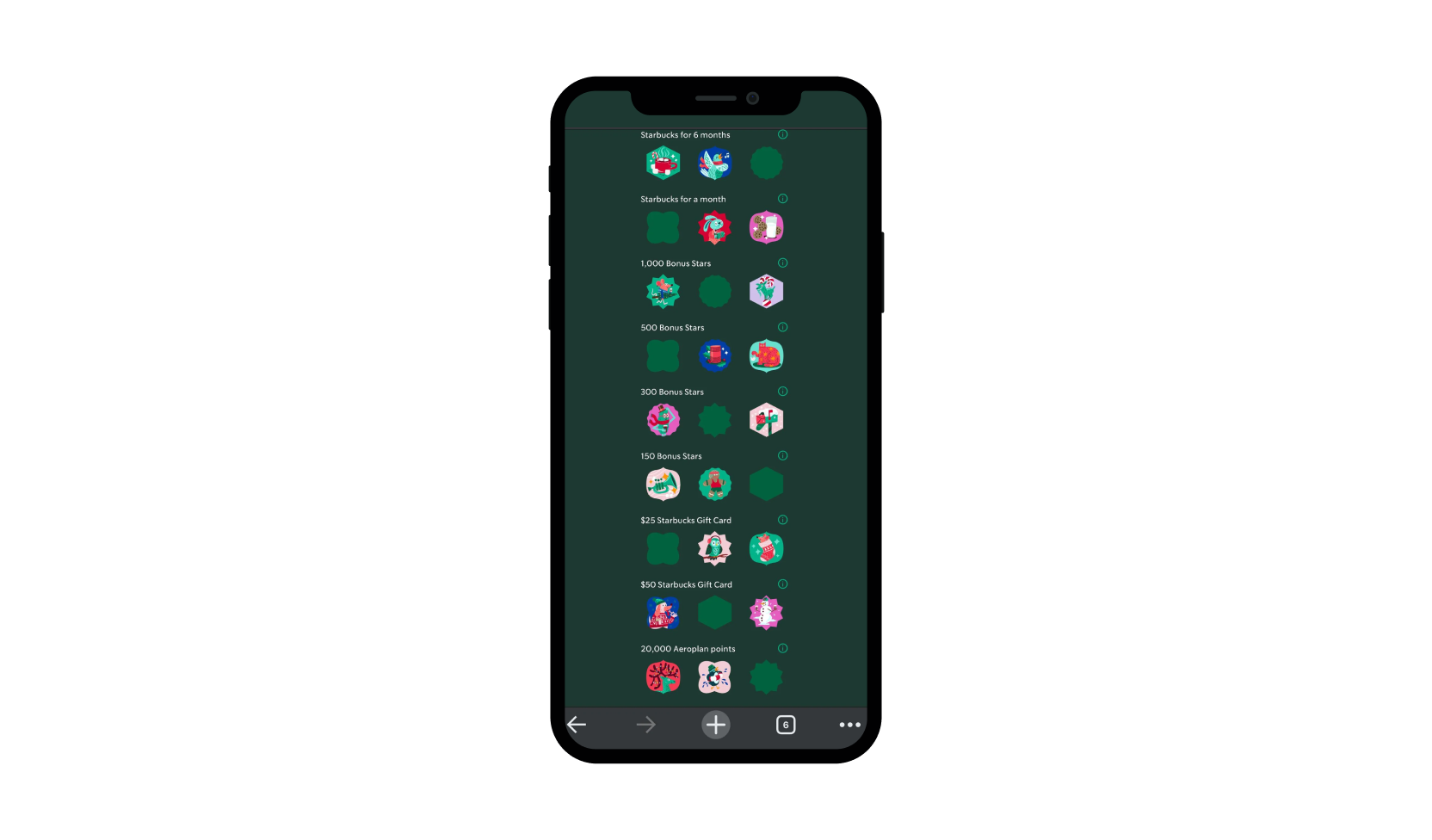
American coffeehouse chain Starbucks has a feature known as “Starbucks® Rewards” on its mobile app. This feature uses gamification principles to boost traffic and sales on this platform. It is essentially a tiered reward system where users collect points that they can exchange for their favorite beverages and foods. The Starbucks reward program encourages repeat visits and purchases while also enhancing customer loyalty.
McDonald’s Monopoly: Gamified Seasonal Promotions
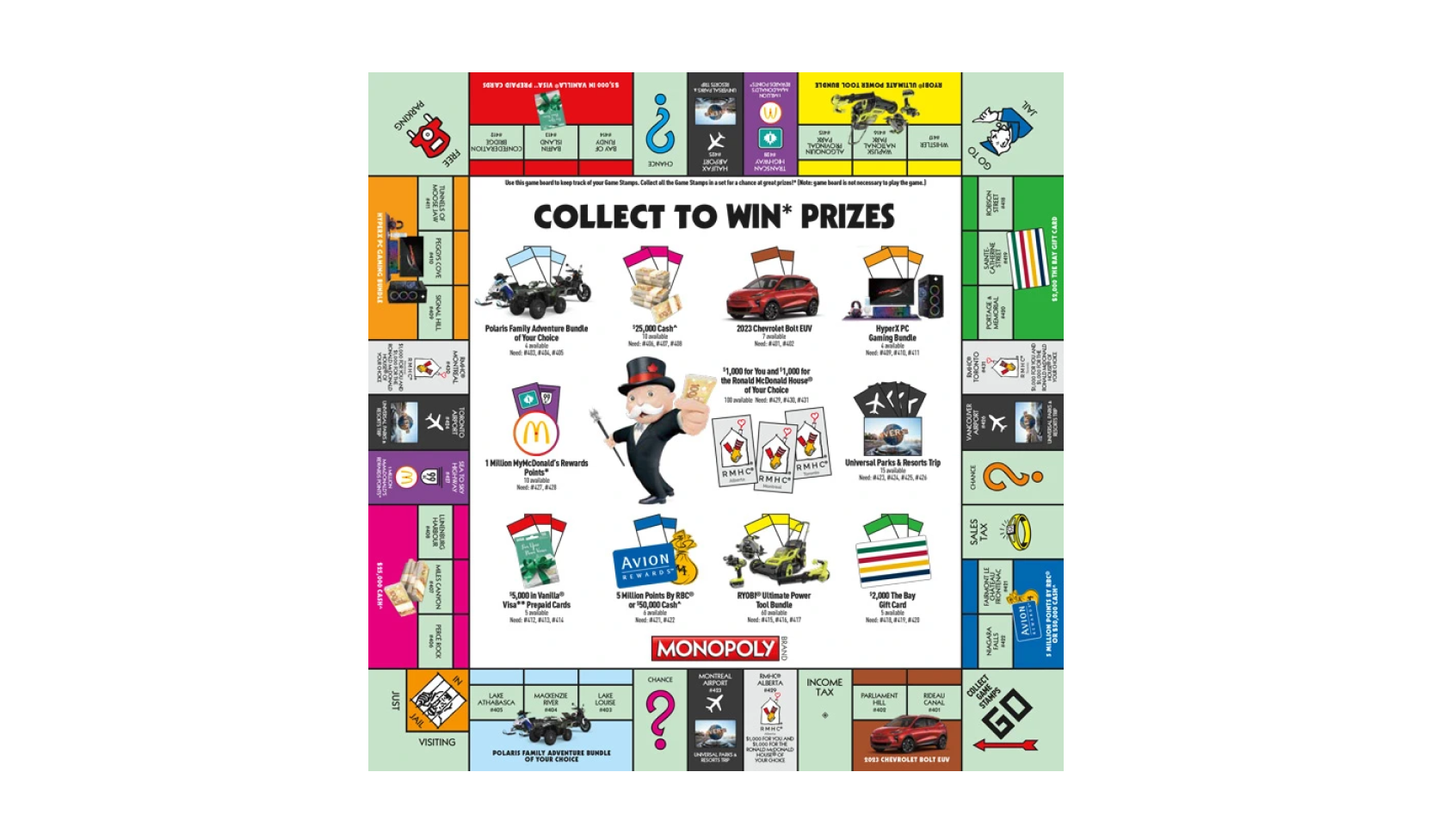
McDonald’s has been running its famous seasonal Monopoly promotions since 1987, making it one of the longest-running examples of gamification in business in recent years. Named after Hasbro’s famous board game, McDonald’s Monopoly borrows several elements from the game.
It’s a simple game where customers collect game pieces similar to Monopoly property deeds for simply buying selected items on the menu. These pieces give customers the opportunity to win various prizes from discounts on menu items to shopping vouchers, cash prizes, or even a car. McDonald’s uses this promotion to upsell, gamify the shopping experience, and build customer loyalty.
Nike Run Club: Goal-Based Incentives
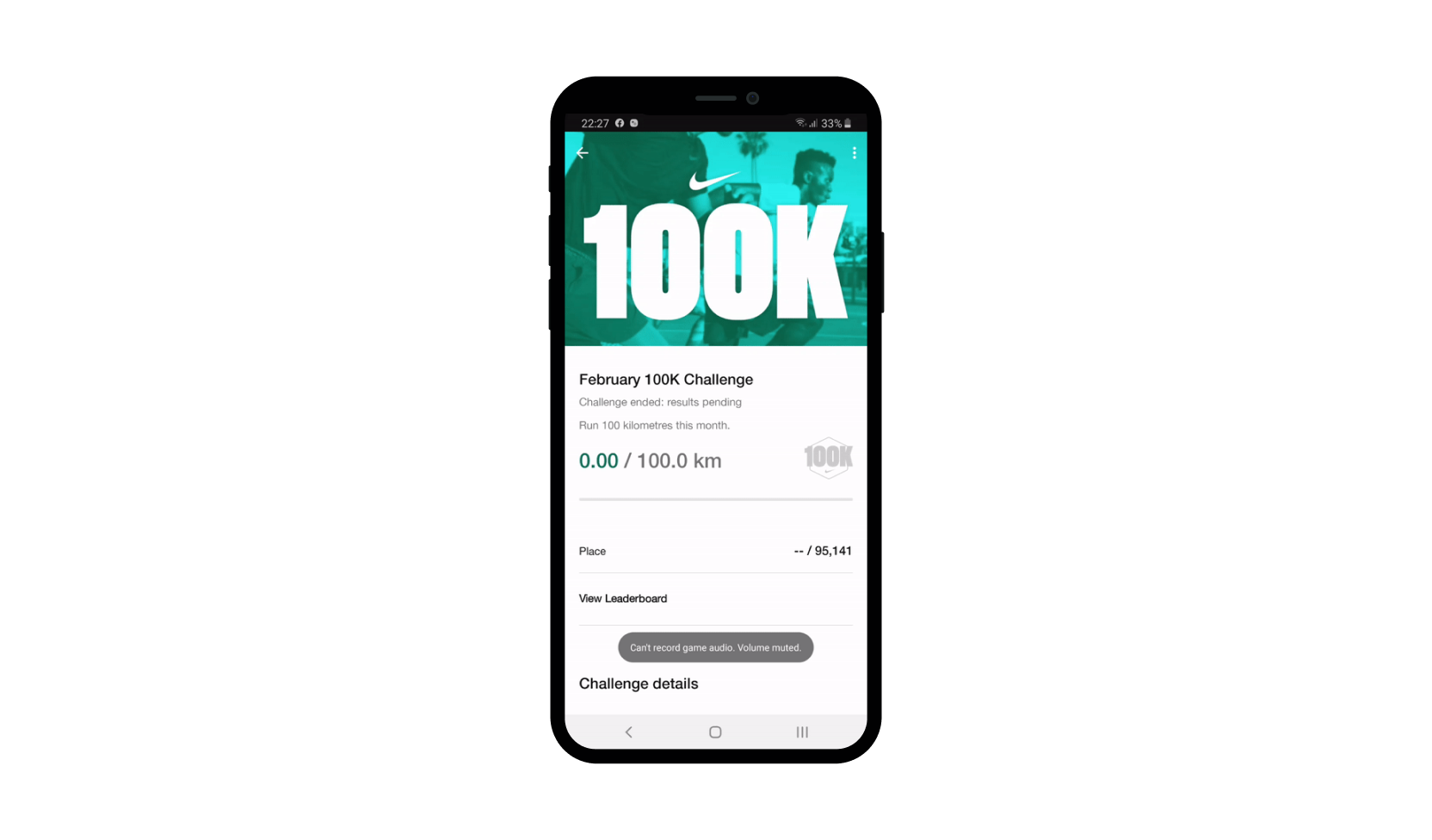
Unlike the two examples above, the Nike Run Club app isn’t about selling you a product or service directly. However, by creating a perfect running partner with gamified experiences, Nike has succeeded in creating a sophisticated ecosystem of active runners. This is a great opportunity for engagement, brand building, and data collection.
The Run Club app has gamified features to help runners track their progress, including trophies and badges. They also get to create avatars using their own running shoes, which shows their mileage for each run. Runners can also join weekly leaderboard contests and celebrate their wins with social features.
Gamification in UX and App Onboarding
Gamification can be applied to user experience design and mobile app development. This strategy is commonly applied to the onboarding or profile setup pages of software and applications to add to their interactive nature. Here are a few examples of gamification being applied in app onboarding.
Dropbox: Onboarding Checklists and Progress Meters
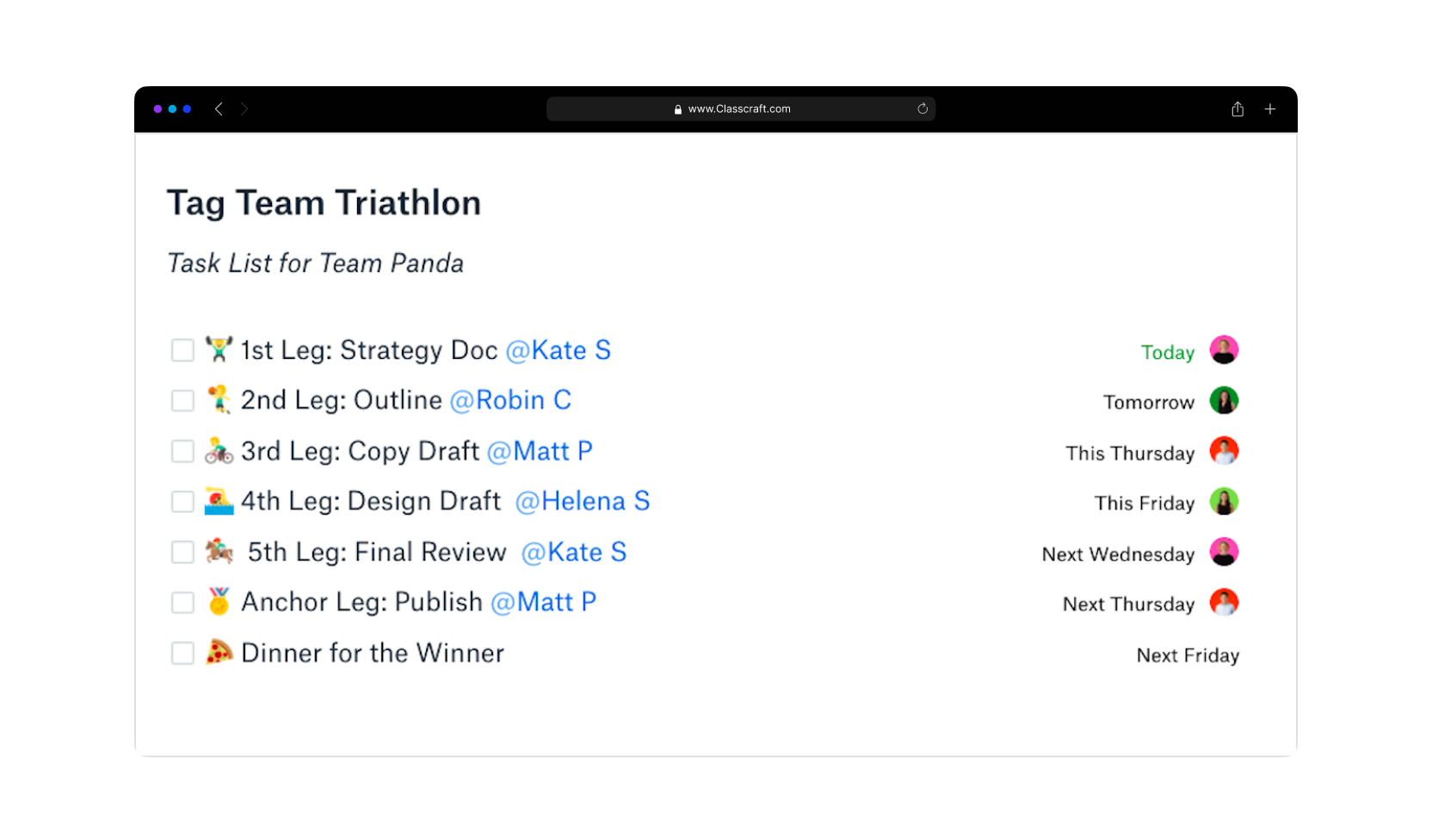
Dropbox uses a series of actionable steps presented in a checklist to onboard new users on the platform. This begins with onboarding forms meant to collect basic user information. The forms are designed to indicate user progress, motivating them to complete the steps.
New users are also prompted to upload files right away, and a checklist appears at the bottom of the page that includes a set of key actions that they must perform to finish setting up their account. Subtle nudges like this encourage users to complete the onboarding steps.
Habitica: Turning Task Completion Into an RPG
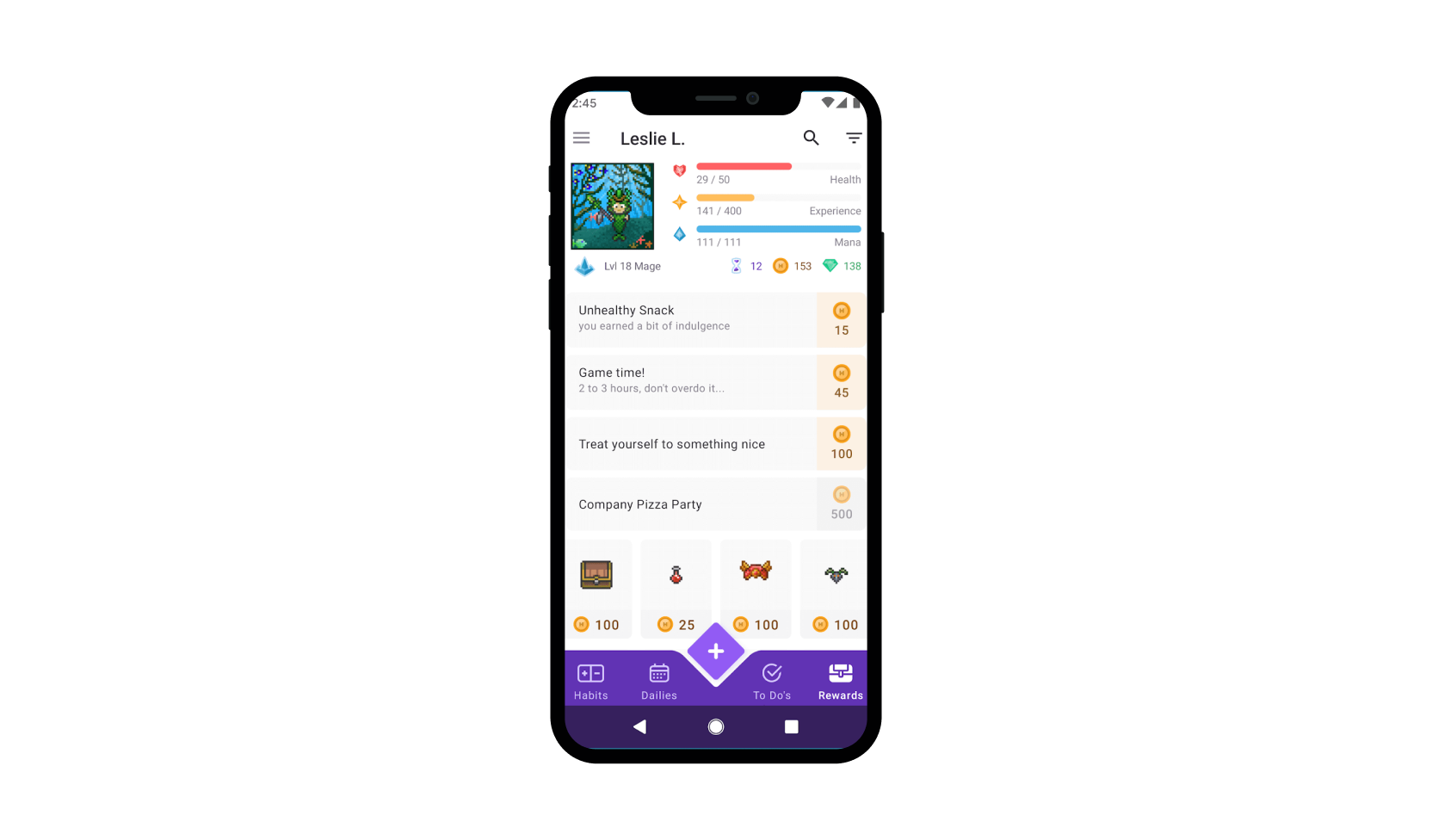
Habitica is a habit and productivity app that allows you to turn your life into an active role-playing game. Each user’s avatar in the game gets to earn rewards for completing tasks in real life. The app offers both positive and negative reinforcements and allows users to leverage social connections to build healthy habits and maintain consistency.
Gamification in Fitness & Wellness Apps
Gamification in sports and wellness apps has been helping people stay fit and healthy. Fitness brands use gaming elements to improve engagement on training programs. These features also provide users with much-needed motivation to engage consistently in training in order to meet their wellness goals. Examples of fitness and wellness apps that leverage gamification features include:
Strava: Achievement Badges and Leaderboards
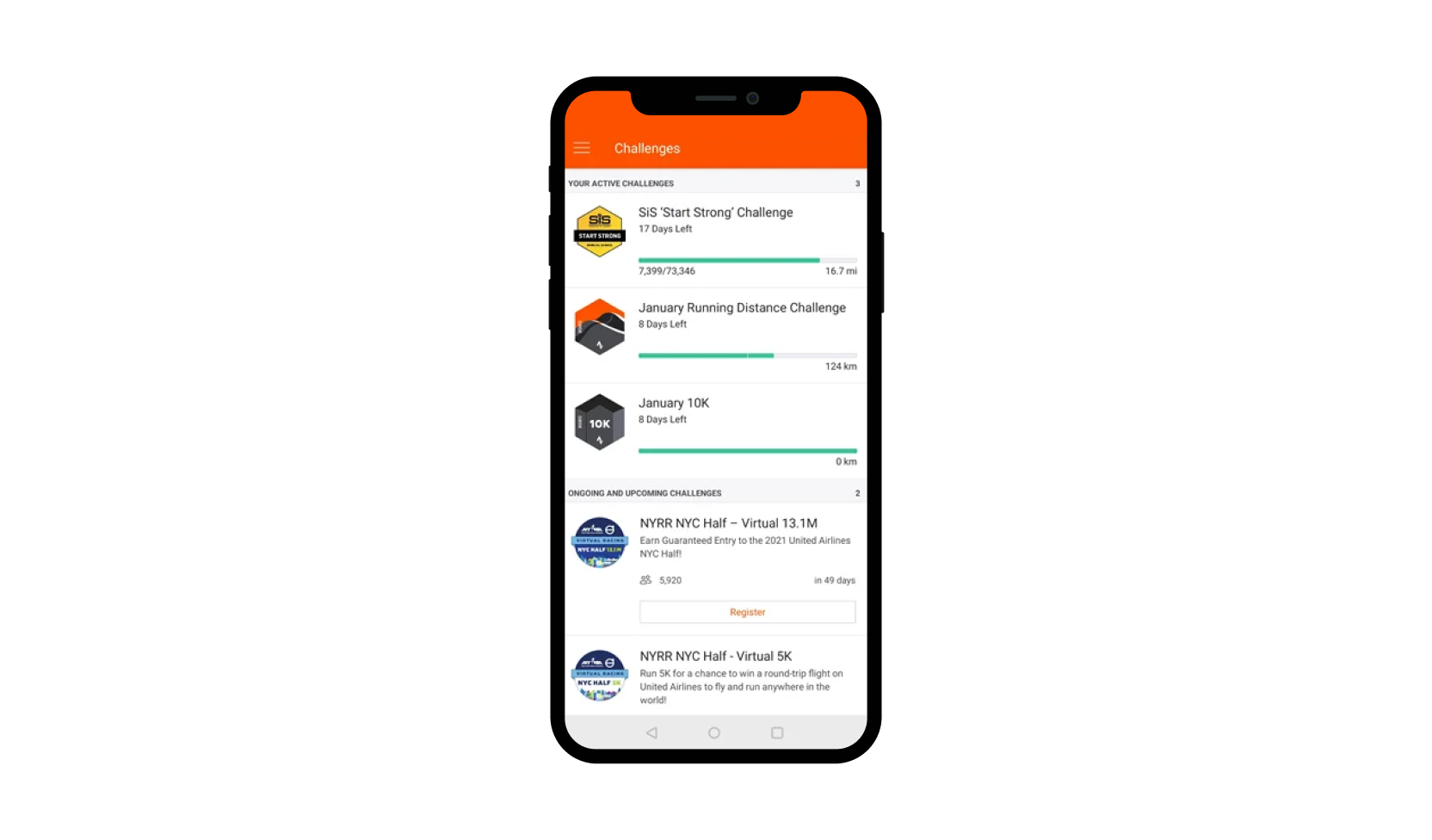
Strava offers an expertly crafted gamification experience that turns running and fitness goals into a community-based activity. The gamification features in this app motivate users to push themselves further and maintain consistency on their fitness journey. Strava taps into the human desire for competition through leaderboards and challenges with achievement badges for successful users. Apart from creating competition, the app can also track personal records and offer reward badges for this as well.
Fitbit: Daily Goals and Friend Challenges
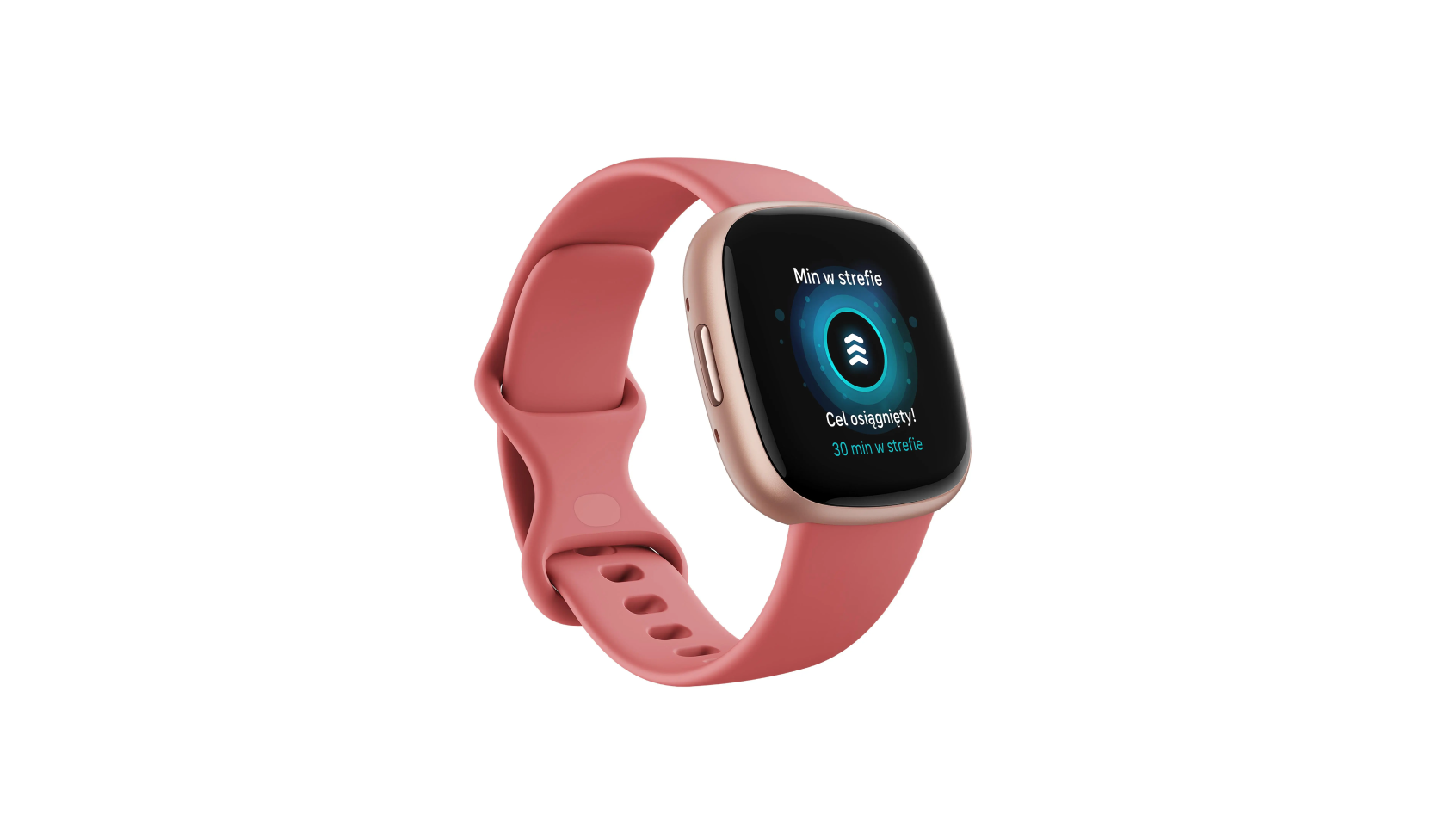
As one of the leading brands in the health and fitness niche, Fitbit motivates millions of users to exercise actively using gamification features. This platform promotes autonomy by allowing users to set their own fitness goals and earn badges for accomplishing them. This provides even more motivation for users to meet their set goals. Users can also tap into the power of community motivation by setting up friend challenges, participating in community-wide contests, or sharing their achievements with others. This sense of community and healthy competition motivates users to stay engaged and pursue their fitness goals.
Zombies, Run!: Narrative Storytelling for Jogging
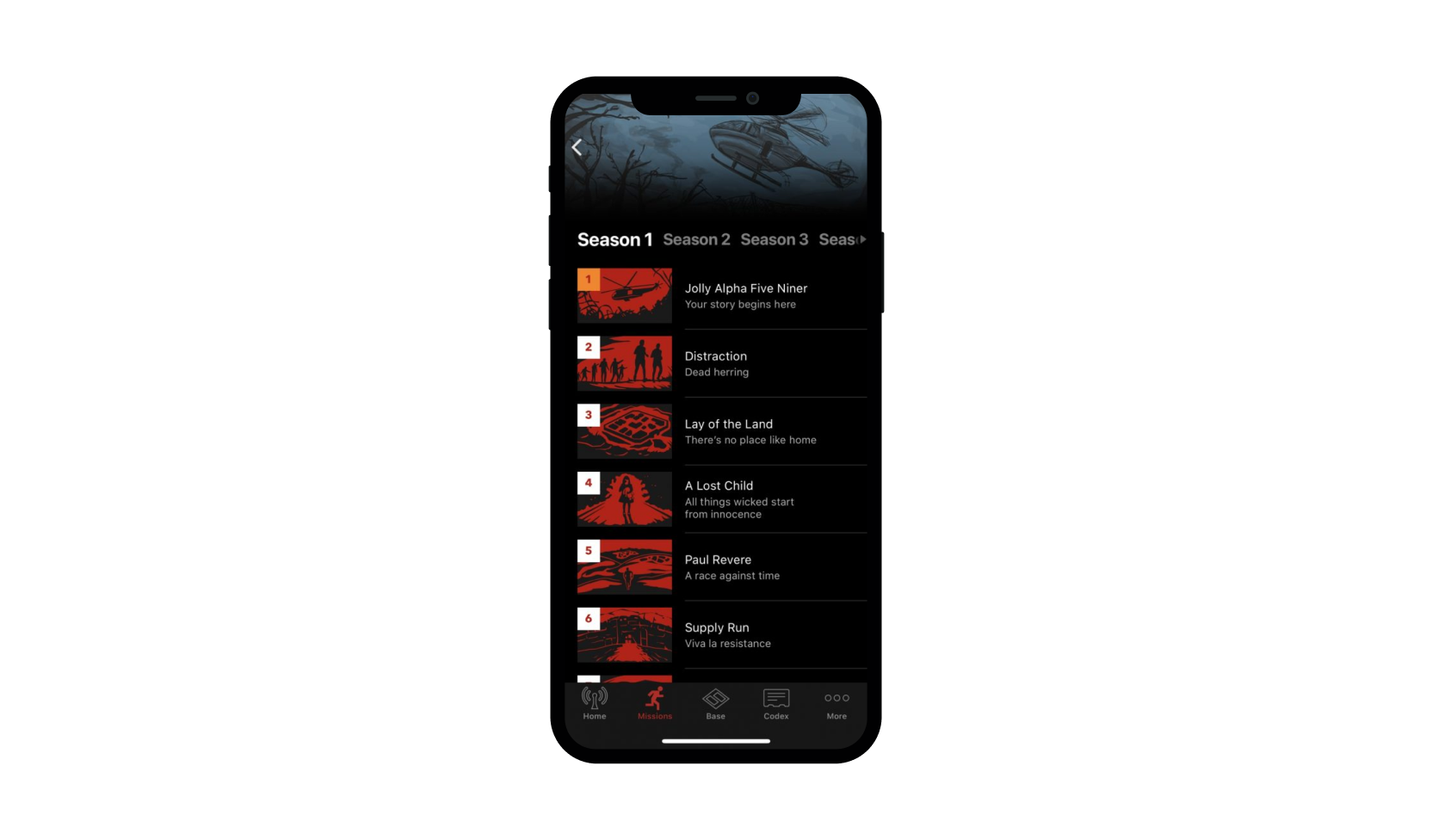
The Zombies Run mobile fitness app helps users build a consistent jogging habit by adding gaming elements, particularly narrative storytelling. A fun and compelling story is a great motivation to achieve set goals, and that’s exactly what users get with this app.
Zombies Run is set in a post-apocalyptic world overrun by zombies. Users get to create avatars that embark on a series of missions, which mostly involve jogging to collect items that’ll help the town survive. A gamified experience like this gives users a sense of purpose, which is helpful in building consistency.
Gamification in Workplace and Employee Engagement
Gamification is useful for a wide range of use cases in corporate settings. Companies can gamify everyday internal tools to motivate employees and make their work experience a lot more interactive. This can potentially boost productivity and job satisfaction. Workplace gamification is also useful for improving engagement and efficiency in employee training and onboarding. The following are examples of corporate uses of gamification.
Salesforce Trailhead: Skill Badges and Certifications
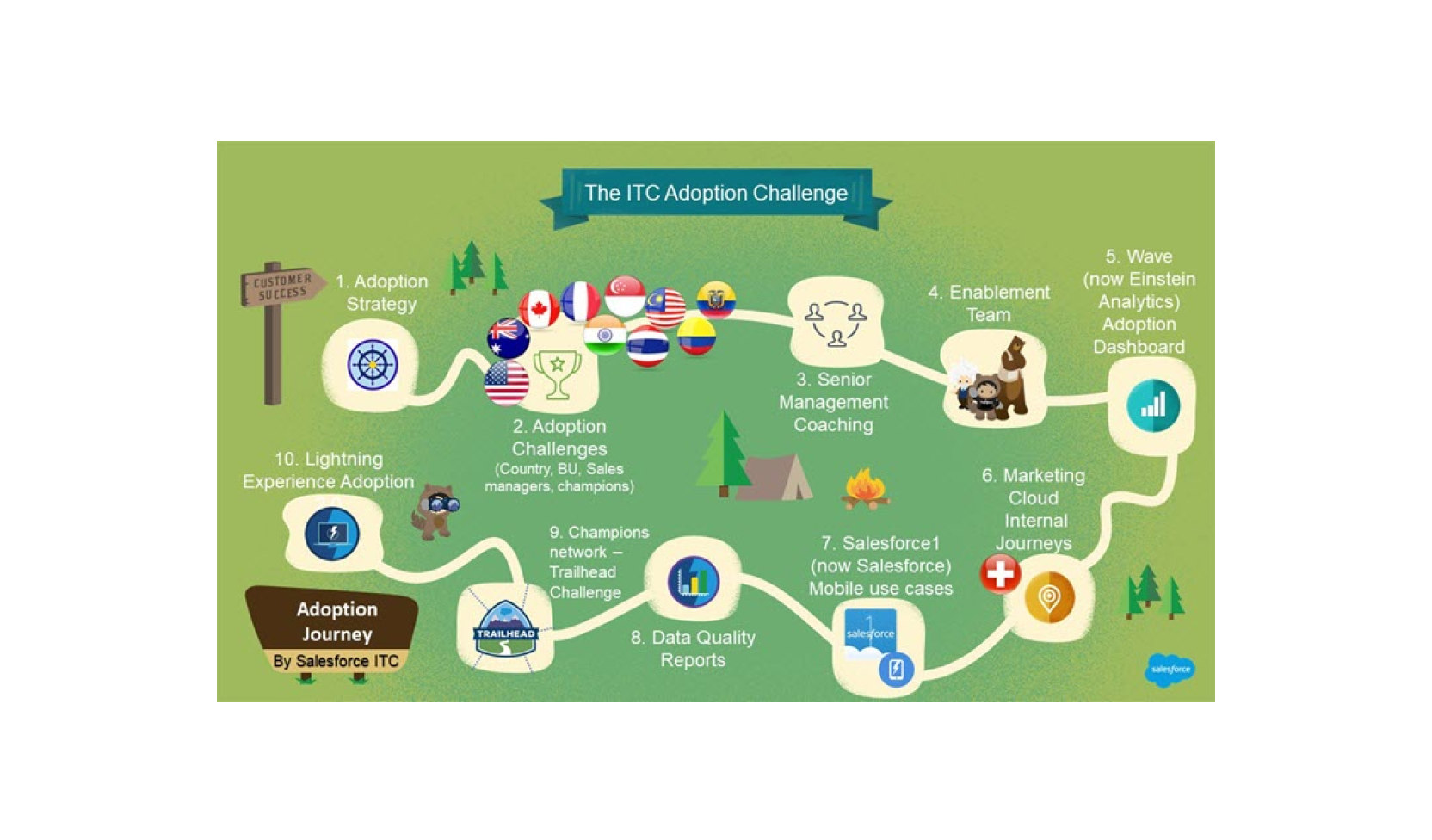
Trailhead is Salesforce’s online learning platform designed to help employees gain on-demand skills and earn certifications. Trailhead gamifies this process by giving users points and badges for completing lessons. Related lessons are organized into prescriptive learning paths with increasing levels of complexity. Users also get to earn superbadges when they complete new challenges that involve applying the skills they have learned to real-life situations.
Microsoft’s Language Quality Game: Translation Improvements Via Play
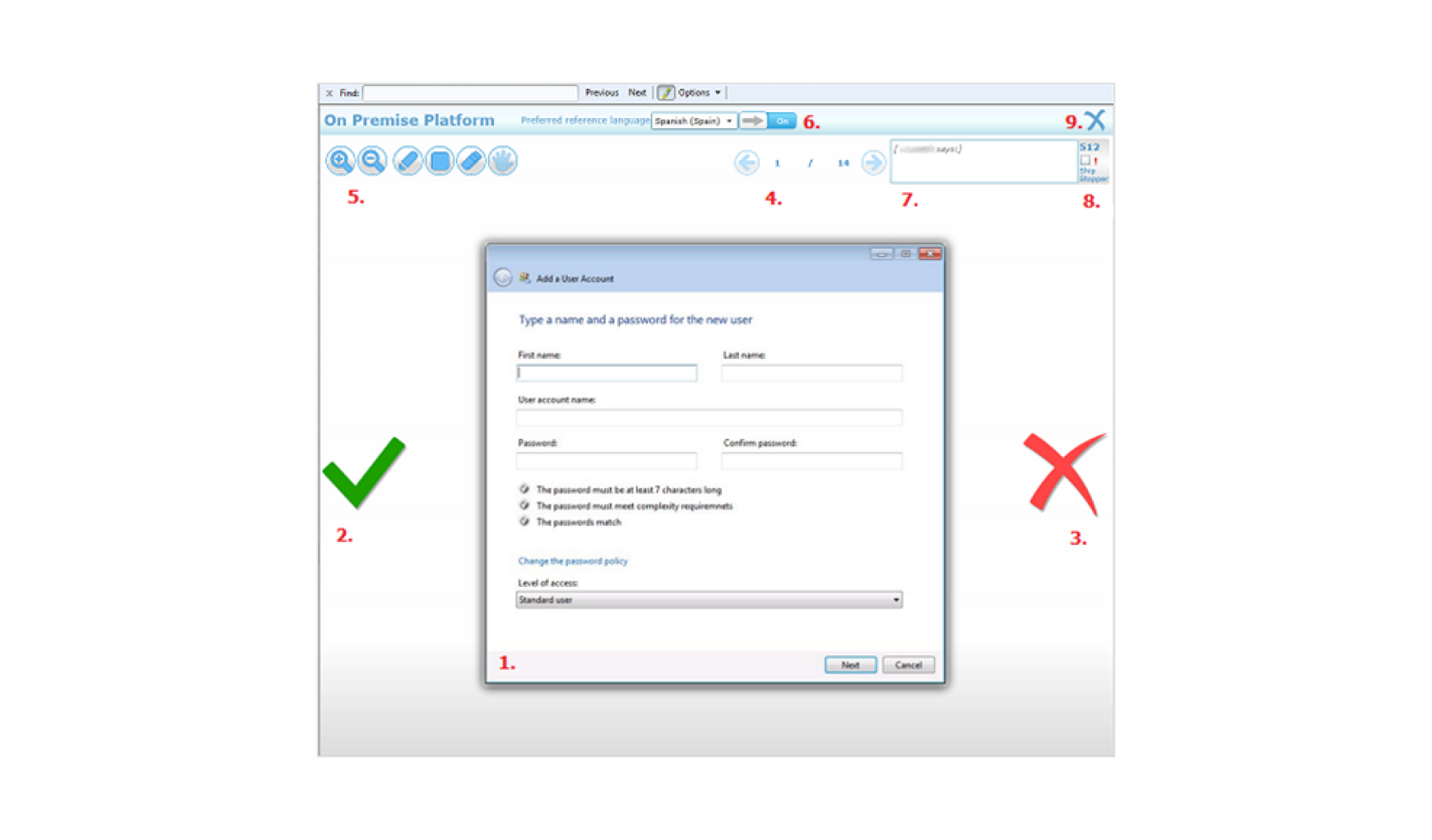
To solve the problem of language localization in its products, Microsoft built a language quality game. This internal tool was designed to allow users to verify the accuracy of language translations. It incorporated features like leaderboards that encouraged users to participate actively in language verification. Over 4,500 users participated in verifying up to 50,000 screens and improving their translations.
Real-World Examples of Gamification and Case Studies
Gamification is a powerful strategy that works in real life. Several companies across different industries have applied this strategy time and time again to market their products and engage their audience with impactful results. The following are some real-world examples and gamification case studies that support its efficacy.
KFC
KFC Japan created a video game called Shrimp Attack to create some buzz and awareness for its newly added shrimp menu items. Users who played this game got to earn points and discount vouchers. The marketing campaign was hugely successful, with the game recording over 800,000 plays and a 91% completion rate. The menu items that the campaign was meant to publicize also recorded massive sales and were sold out due to high demand.
Sephora
Sephora’s Beauty Uncomplicated campaign is another great example of gamification in action. The beauty retailer created a unique gamified questionnaire designed to help users find the perfect makeup and tools for them. The platform had a Tinder-like design where customers could swipe left or right on their preferred product. This campaign resulted in high participation, especially with the brand’s millennial audience.
Omnicare
Omnicare is one of America’s biggest pharmacy service providers. The company used gamification to improve call center performance. By incorporating game-based elements such as points and leaderboards, the campaign achieved 100% employee participation, which led to a 10% reduction in average call times and a significant increase in the use of knowledge-base articles.
M&M’s
M&M’s created an interactive game called the Eye Spy Pretzel game (an obvious reference to the famous “I Spy” book series). The goal of this gamified campaign was to boost the brand’s interaction with customers. To participate in the campaign, customers had to find the hidden pretzel within a large image that had several M&M’s. The game went viral on social media, earning over 6,000 shares and 25,000 likes on Facebook.
Benefits and Challenges of Gamification Based on Most-known Use Cases
As the examples above demonstrate, gamification can be a great tool for educating learners, engaging your target audience, marketing your products, or engaging employees. However, depending on how it is designed, a gamified experience may have some downsides as well. Here’s a short overview of the benefits of gamification and potential downsides that you should know.
Advantages
- Increased motivation: Game mechanics like points, digital badges, and actual rewards provide both intrinsic and extrinsic rewards for users. These give people a reason to use a product or service that they may typically not use.
- Better engagement: Gamification makes it more likely for users to participate in a learning process or engage better with a task. When users know there’s something else at stake aside from the experience itself, they’re more likely to pay attention. For instance, people are more likely to put more effort into a quiz when they’re trying to top the leaderboard.
- Eliminates boredom: Gamification makes boring stuff more fun and interactive. Platforms or tasks with an engaging storyline, competitive features, or a simple promise of a reward tend to be more exciting than non-gamified experiences.
- Social benefits: Gamification is a powerful tool for community building. It can be used to promote collaboration, communication, and other forms of potentially beneficial social interactions.
Disadvantages
- User fatigue and over-gamification: Gamification must be executed carefully to avoid wearing users out with too many features.
- Diminished Interest over time: It isn’t uncommon for users to lose interest in gamified features over time as the novelty wears off. Users may abandon the experience itself once they get tired of the game.
- Hard to create a balanced experience: Gamified features have to be at an optimal difficulty level. Users will burn through it quickly if gamified systems are too easy or stop playing if they’re too difficult.
- Ethical considerations: Gamification should not be used as a tool to manipulate or trick users with the promise of rewards.
Metrics for Measuring Gamification Success
Gamification is a powerful strategy with a ton of benefits. However, the success of your gamification efforts depends on how it is implemented. It’ll be difficult to tell if your strategy is working or not until you actively measure important metrics and KPIs.
Defining your goals from the onset and tracking important metrics will help you determine how well your plan is working. This also allows you to make any adjustments or optimizations where necessary. Some of the metrics that can help you evaluate the impact of your gamification efforts include:
- Engagement Rate
- Retention Rate
- Time-on-Task
- Conversion Rate
- Completion Rates for Goals or Modules
Conclusion and Future Directions
Although the concept of gamification has been around for a long time, it only became popular and widely adopted within the past two decades.
According to market analyses from early 2025, the global gamification market was valued at over $25 billion. Experts project that the industry will be valued at more than $95 billion by 2030, growing at a compound annual growth rate (CAGR) of approximately 28%.
Stats like this project a positive future for gamification. More industries will adopt this trend and apply it to their respective niches. Emerging technologies such as Artificial Intelligence, Machine Learning, and immersive AR/VR experiences will likely aid the expansion of gamification with potential real-world applications.
If you embark on a software development project, leverage the power of gamification to create impactful experiences that will resonate with your target audience. Contact CrustLab to learn more about how we can help you tap into the power of gamification for your software product.
